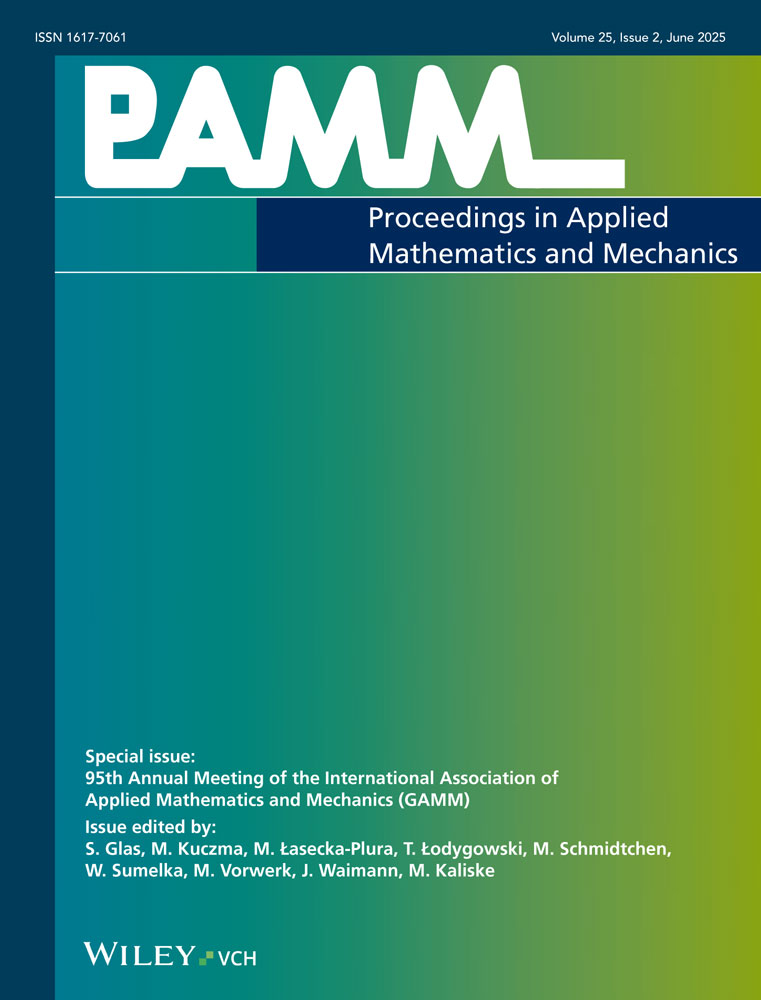Transient Finite Element Simulation of the Temperature Field during Cryogenic Turning of Metastable Austenitic Steel AISI 347
Abstract
The process chain in manufacturing often consists of many steps. As part of current researches the possibility of combining two process steps, turning and hardening, is investigated to optimize the manufacturing time and to decrease the energy consumption of the process. For metastable austenitic steels, deformation induced hardening during turning can be used to achieve surface hardening [1] and thus to increase the wear resistance [2] as well as the fatigue strength [3], by applying high passive forces onto the workpiece. This enables an austenite-martensite phase transformation, for which it is necessary to maintain low process temperatures, typically below room temperature. Thus, cryogenic coolants are applied [4].
For a better understanding of the influence of cutting parameters on the process temperatures and thus martensite formation, knowledge of the exact temperature distribution in the workpiece and in the contact zone between workpiece and tool is essential. Since the experimental determination of the temperature field is hardly possible, an inverse determination of the process temperatures via transient finite element simulation is performed.
The present finite element approach only takes thermal loads into account. The simulations are performed in the finite element program FEAP (Finite Element Analysis Program) with an Eulerian mesh, which requires special consideration of the rigid body rotation of the workpiece. In order to prevent unphysical oscillations in the solution, introduced by the convective time derivative, a streamline upwind / Petrov–Galerkin stabilization scheme is utilized. (© 2016 Wiley-VCH Verlag GmbH & Co. KGaA, Weinheim)




